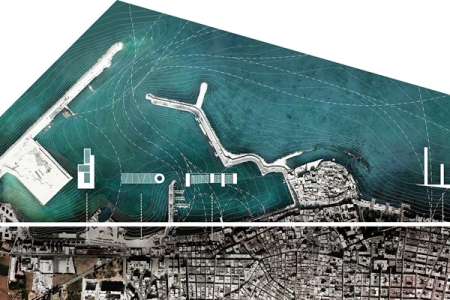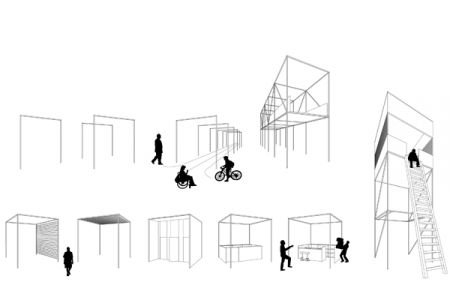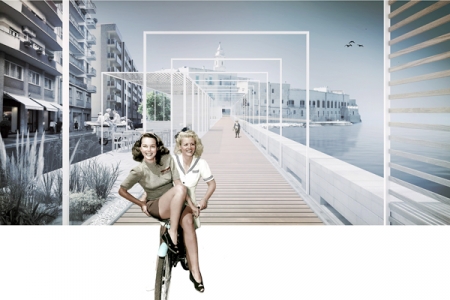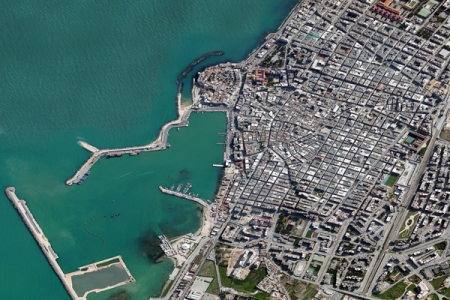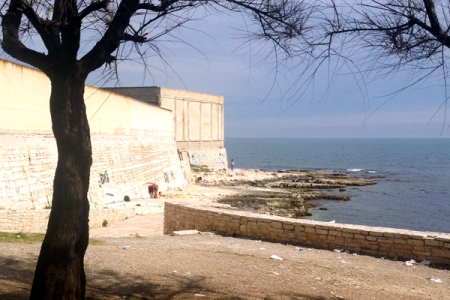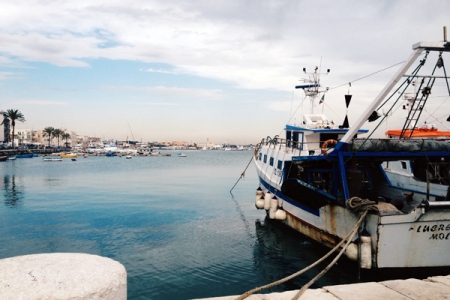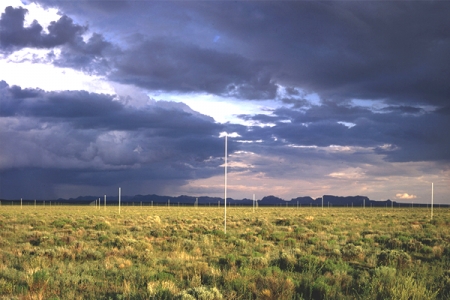Hold the Line
Molfetta (IT) – Winner
TEAM DATA
Team Representative: Nicola Dario Baldassarre (IT) – architect; Associates: Pasquale Cipri (IT), Salvatore Dentamaro (IT), Nicoletta Faccitondo (IT), Andrea Salvatore (IT), Margherita Valente (IT) – architects
via Alfaraniti 19, 70125 Bari - Italia
+39 392 555 5792 – info.holdthelineproject@gmail.com – holdthelineproject.wordpress.com
See the complete listing of portraits here
See the site page here

N. D. Baldassarre, P. Cipri, A. Salvatore, N. Faccitondo, S. Dentamaro & M. Valente
INTERVIEW
Click on the images to enlarge
1. How did you form the team for the competition?
We are a team of architects under 30, five from Bari and one from Rome, friends before colleagues. We share common experiences: we studied in Bari, Rome, Venice, Mendrisio and worked in Germany, Spain, France, Japan and Chile, as well as in Italy. Each of us is specialized in different fields, from urban planning to exhibition design, from sustainable design to materials design, sharing the same idea of architecture.
We decided to participate to this competition together because the theme and the site of Molfetta was for us love at first sight, for the possibility to express a vision and our point of view about our own territory.
2. How do you define the main issue of your project, and how did you answer on this session main topic: Adaptability through Self-Organization, Sharing and/or Project (Process)?
Our aim was to connect the East and the West waterfront both visually and metaphorically, trying to adopt a single strategy, unified yet flexible. We believe in the creation of a common good lived by the people, which can be used and managed by the citizens. This belief came from the observation of the relationship between cities and citizens, in the territory where we were born: still today, especially in the historical centres, people clean and provide to the public furnishings of their own alley, which becomes a public extension of the private residence. We believe in making a public place that is not a no man’s land, but rather a home for everyone.
3. How did this issue and the questions raised by the site mutation meet?
Molfetta’s waterfront, as well as many other coastal cities of Southern Italy, has become a big seaside parking and often an open dump. This project intends to disrupt the current situation, tries to imagine a complete range of new uses and new points of view, respecting the natural and historical vocation of these places at the same time. Particularly important is the presence of the shipyards: currently this historic and significant area represents a caesura in the waterfront path. The idea is to reverse this situation and turn this ‘cut’ in a key point able to link the urban frames together. This will be accomplished through the creation of a structure with an elevated route interacting with the activities of the yards.
4. Have you treated this issue previously? What were the reference projects that inspired yours?
It is the first time that we –as a collective– tried to design a waterfront. During our studies, however, we have repeatedly addressed the issue of the relationship between the sea and the city, particularly related to our places of origin. For this project we did not find references in the world of architecture and urban planning but some visual suggestions, such as the works of Sol Lewitt, but also some land art works of Christo and Walter De Maria, inspired us.
5. Today –at the era of economic crisis and sustainability– the urban-architectural project should reconsider its production method in time; how did you integrate this issue in your project?
At the beginning of the design process, we identified six different areas, with specific problems to solve. We tried to respond in different ways, fixing some critical points: for the ex-Colonia, with a place for children and a public shore; nearby the Inps building, with a spacious square, overlooking the sea; for the waterfront until the old town, with a constructed wetland and three public pedestrian piers, with cafes and stalls; a walk running just above the sheds of the shipyards, giving people the opportunity to observe the workers; then, an administration office for the reception of tourists and some recreational areas; for Secca dei Pali, with pools and an artificial beach.
We envisioned this division along with a perfectly modular and repeatable tool, a portal, which could be realized by local workers and makes it possible to implement the project in stages, thereby potentially reducing the costs while streamlining the construction process.
6. Is it the first time you have been awarded a prize at Europan? How could this help you in your professional career?
Yes, this is actually the first time we have participated to Europan. We hope that this will be a starting point for our career and we also hope to collaborate with the City of Molfetta to follow up this experience and to implement our proposal even if for a single part of it.
